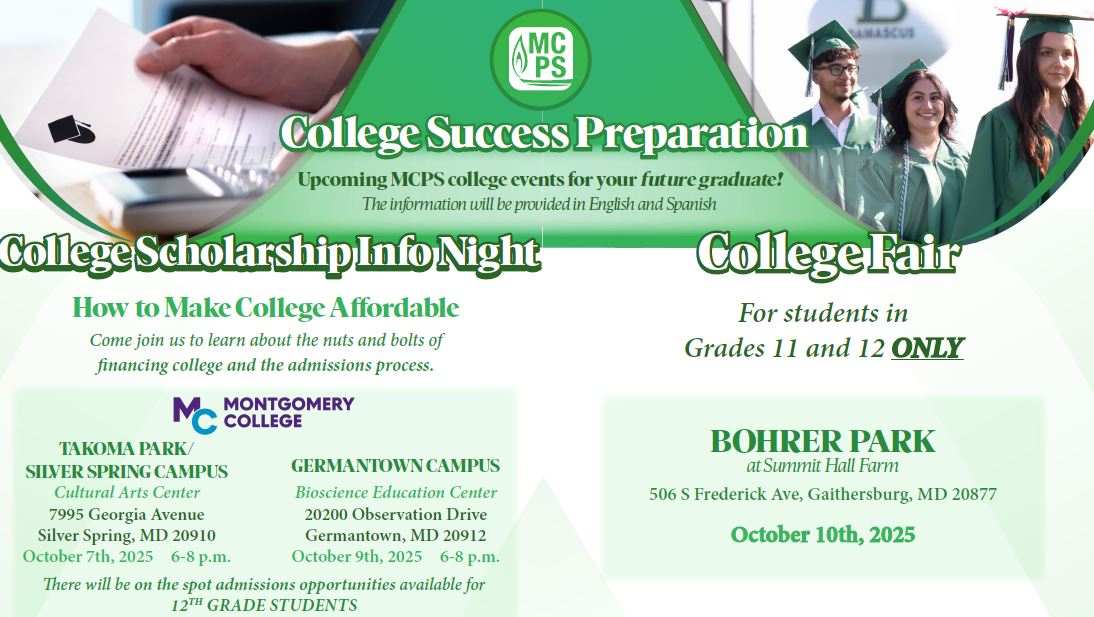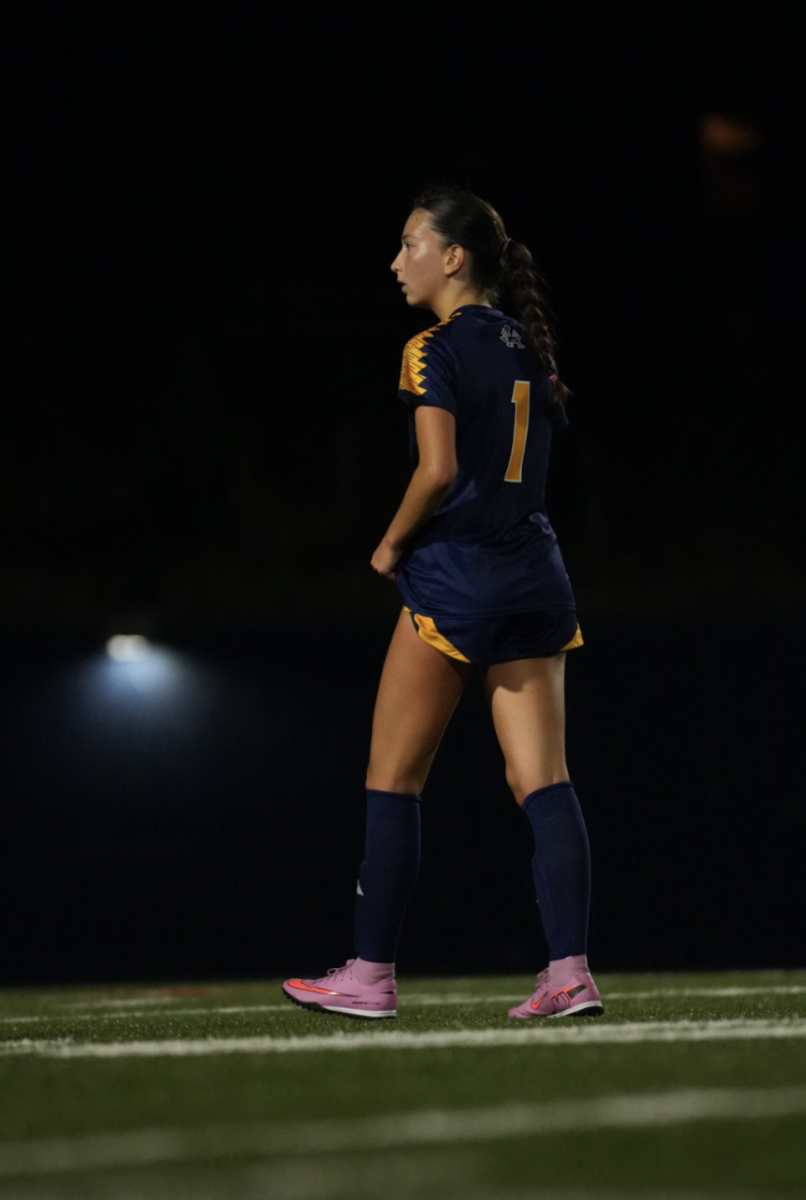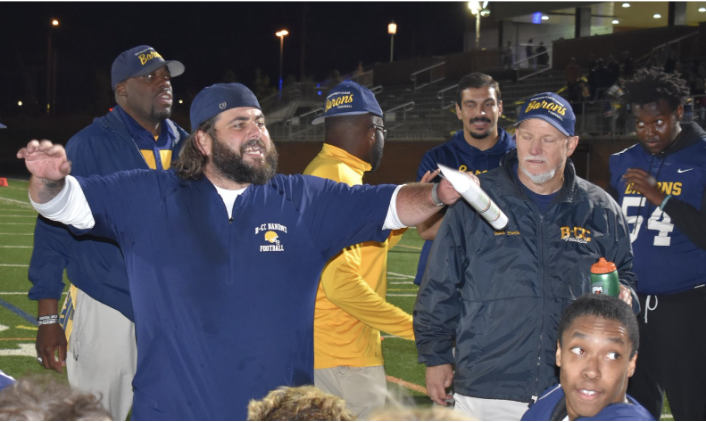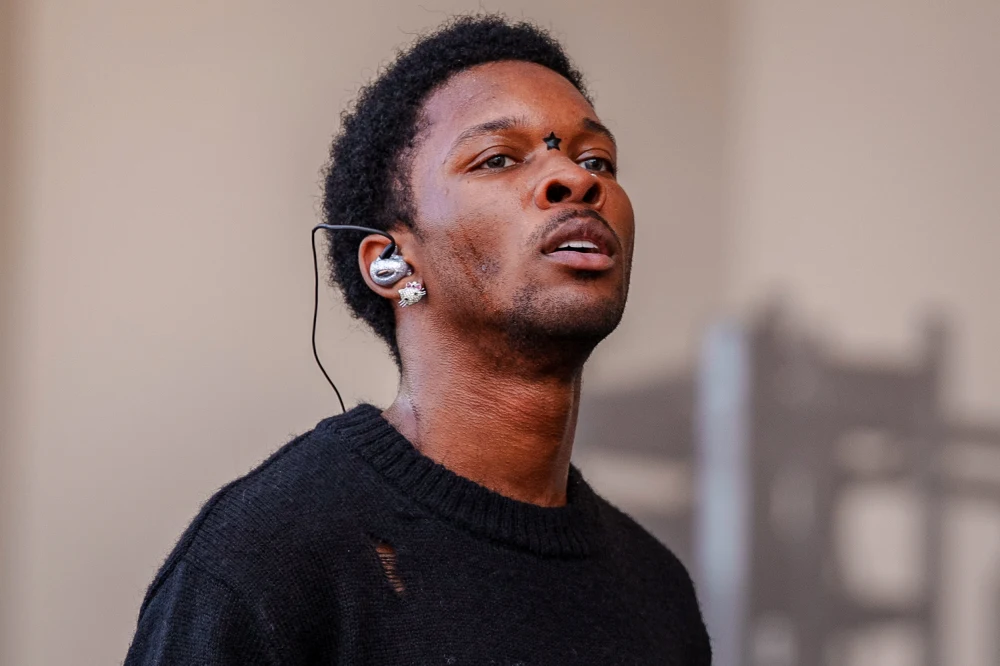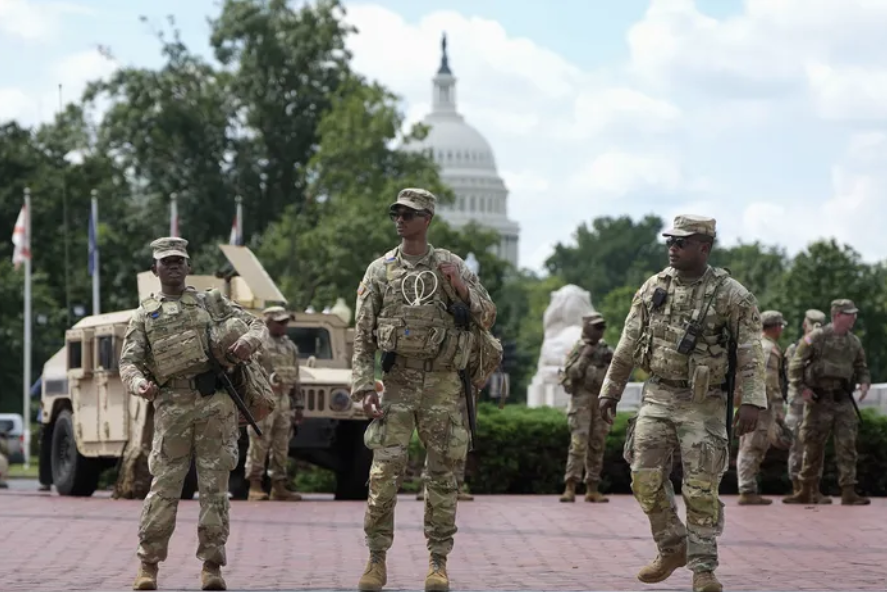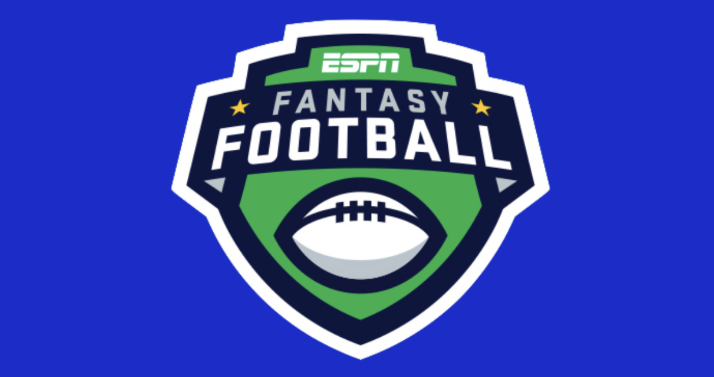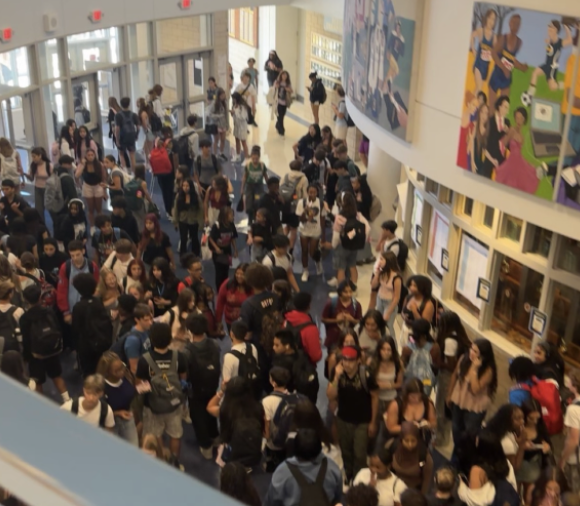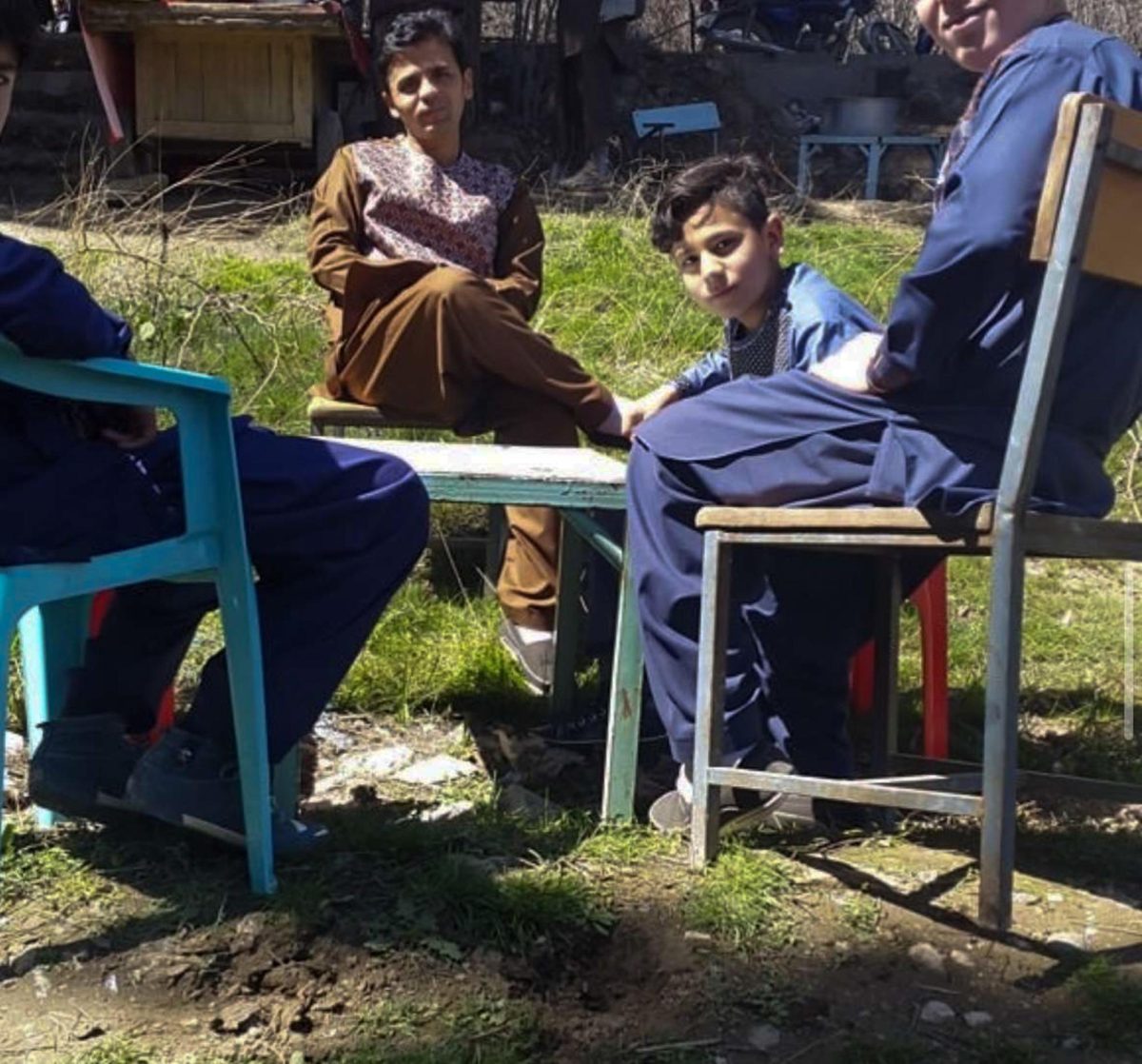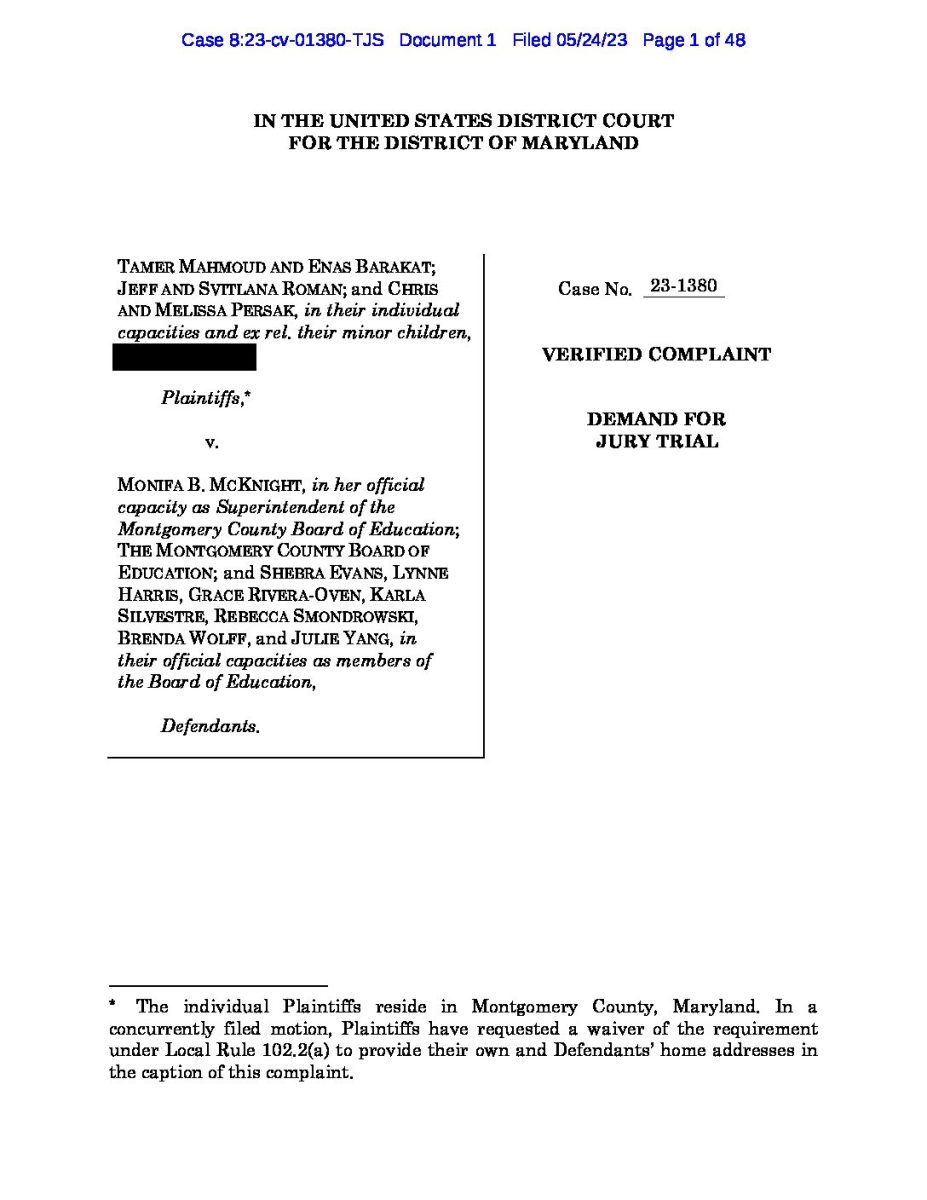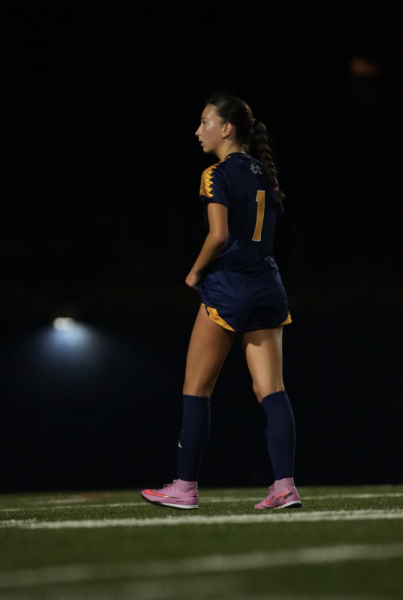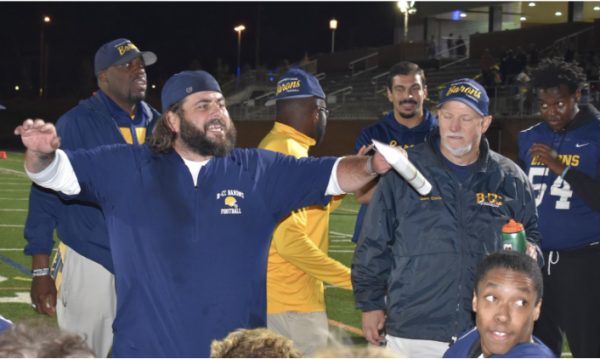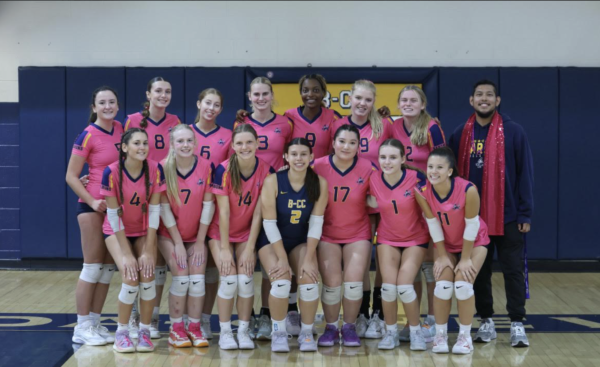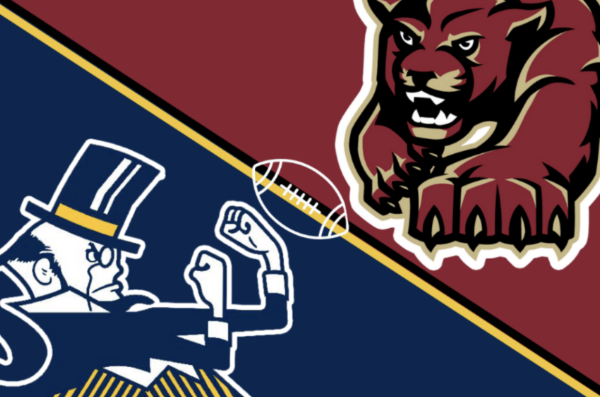The Real Scoop on College Sports Recruitment
While college recruitment may seem like a glorious process from the outside, that sentiment could not be more wrong. By only covering the stories of the top one percent of recruits, the media pushes a false narrative. College recruitment is not simply signing a paper on national television to your dream school. For 99 percent of high school athletes, recruitment is a process of getting ghosted by teams, sending hundreds of unanswered emails, and praying a coach likes your highlight tape.
Being good enough to play at the collegiate level is only part of the battle. Extreme commitment is needed to achieve college-level skills, but even reaching that level by no means guarantees a college spot. You still need to get in contact with coaches, which is a whole different world of struggle.
For starters, knowing how to contact coaches is difficult. Sending emails to coaches is the main form of communication; however, coaches receive thousands and thousands of emails every single week, so the chances of getting your specific email read are slim.
Another way is to go to showcases or tournaments and hope you stand out enough to be approached by a coach there. These can cost up to a few thousand dollars, and you might not even get noticed. Senior Kyle Tatelbaum commented, “You could be one of the best players in the state and not get recruited simply because you had a rare bad game [in front of recruiters].”
Another wrinkle in this process is that one injury can deter the whole process. Tatelbaum missed his sophomore season with a crippling back injury. When asked about how his injury hurt his ability to be recruited, Kyle shared that, “many coaches were hesitant to reach out and contact me given the risk that I could potentially re-injure my back.” Kyle’s injury ultimately ended his chance to commit.
Many people seem to be so close to a happy ending but end with an offer just out of reach. The reason for this? Recruiters look at it as a business. They have a certain number of spots on their team, and they offer premium spots to the top athletes while still leading on less talented players in case they don’t get their top option.
When talking to coaches, it can be hard to know where you stand on their recruiting list. Riley Petersen, a junior who plays soccer and basketball, noted that “when talking to coaches, you have to remember they are saying the same thing to 20 other girls.” She understands that to the coaches, it is just a business and they are just trying to do what they can to keep their job and win games, no matter the cost.
Talking to recruiting counselors who help kids get into collegiate sports, they all mention the same two things: the first thing was that having dream schools can make you set unrealistic expectations, bringing your emotions down and putting you behind the eight ball with other schools. The second and equally important thing was that every kid must understand that the recruiting process is full of failure and disappointment. The main goal is to keep getting up after you get knocked down.
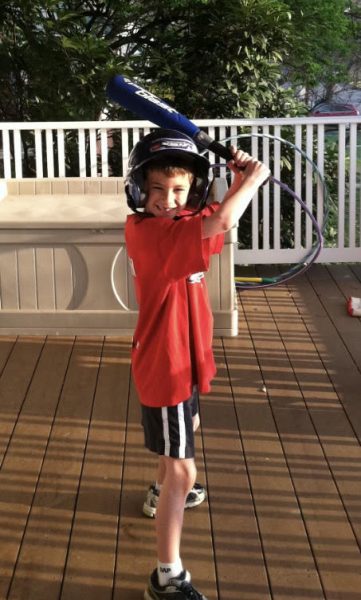
Adam Niman, a B-CC junior, is a Tattler sports writer. Adam is the captain of the BCC baseball team. In his free time, Adam enjoys his semi-professional...
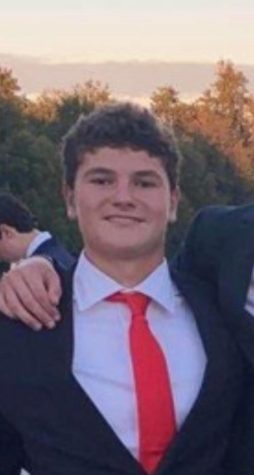
Evan Rich, a B-CC senior, serves as a Tattler photographer. Evan enjoys to fish and snowboard in his free time. He also plays hockey and lacrosse.




